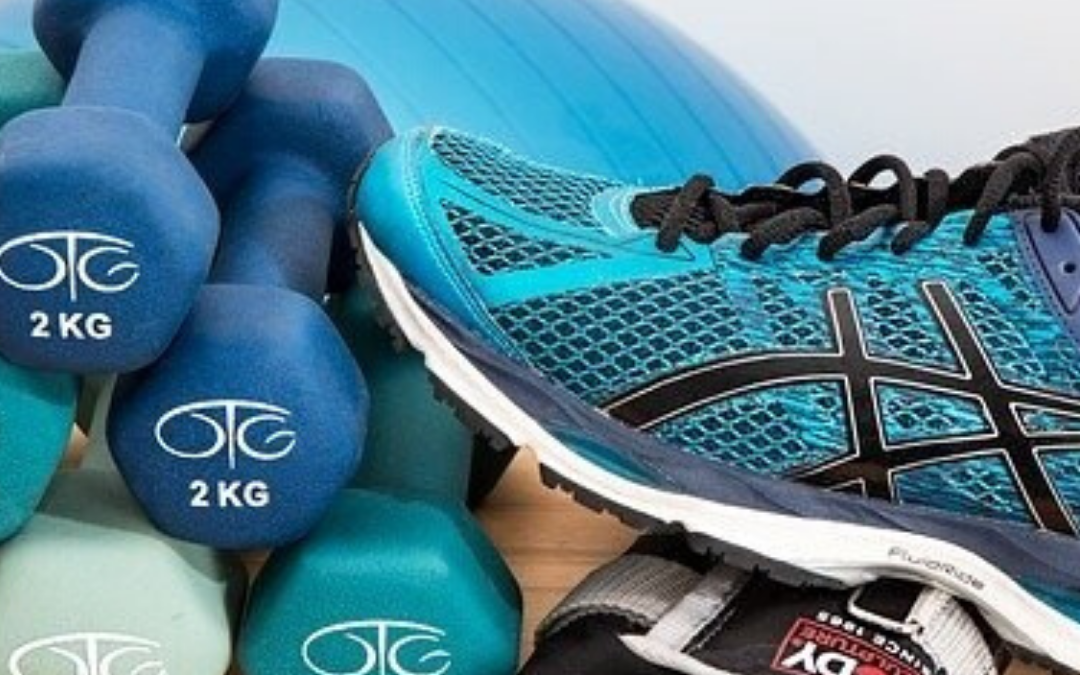
Jun 16, 2020
There is no denying it – we are living in unprecedented times. The coronavirus pandemic has turned lives upside down, prevented people from connecting with friends and family, and for many it has put plans and goals on hold.
Different Strokes have recognised that lockdown has left many from the stroke survivor community feeling increasingly isolated and without the vital support that they need. Support groups have been unable to meet and the networks that we once relied on have been harder to access through the new virtual world.
In response to the pandemic and lockdown restrictions, they have developed a brand-new range of virtual services to ensure you are still able to access the support that you need from the comfort of home. In partnership with PhysioFunction and a talented group of exercise instructors, they are now delivering online exercise sessions at 11am every weekday morning. Not only are these sessions specifically tailored for stroke survivors, but they are set at five different levels, reflecting the large variations in stroke survivors’ physical condition and mobility post-stroke.

The sessions range from being wholly seated exercises for people who have no or heavily restricted movement, to advanced classes for people who can walk independently for long distances. This gives all stroke survivors the opportunity to undertake a form of exercise which is appropriate to their needs.
All the instructors have experience in delivering sessions for Different Strokes local groups and are therefore highly familiar in how to tailor their classes for people with a disability.
To further support the wellbeing of stroke survivors, they have also launched weekly health and wellbeing sessions and are producing weekly interviews with stroke survivors, talking about how they are coping in lockdown and sharing their tips.
Austin Willett, CEO of Different Strokes says: “We know from feedback we have received from stroke survivors how important it is right now for people to be able to exercise and to get advice and support from each other. We are therefore very pleased that we have been able to put these new initiatives together. We are very grateful for the support we have had from other organisations and individuals to develop these in a very short time period, and it is clear from the initial response that they are of considerable benefit. Furthermore, we don’t just see these as temporary services during the lockdown period, and we will be looking to source funding to enable us to continue these in the long-term, so that people who are unable to access a local group or who are isolated in other ways, will still be able to benefit from the services that we offer.”
You can access these resources using the following links:
Different Strokes Website: www.differentstrokes.co.uk
Different Strokes YouTube: http://bit.ly/2LmFF8F
Different Strokes Facebook: https://bit.ly/3dK8cPw
About Different Strokes
Different Strokes are a charity based in the UK. The organisation is run by younger stroke survivors for younger stroke survivors. They aim to promote independent stroke recovery and help younger stroke survivors and their families to reclaim their lives.”
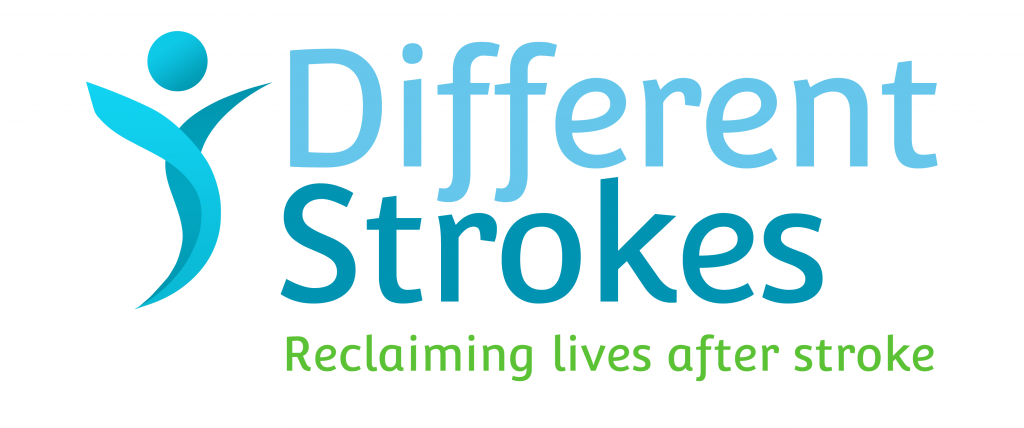

Jun 5, 2020
NEWS RELEASE 29th May 2020, Geneva
The World Stroke Organization (WSO) has published a radical strategic framework that aims to transform prevention of stroke and dementia.
Published in latest edition of The Lancet Neurology, the WSO Declaration on Global Prevention of Stroke and Dementia, recognizes the commonality and reciprocity of stroke and dementia risk and calls for urgent action by governments and healthcare policy bodies to address the limitations of current prevention strategy. Over the past ten years the adult lifetime risk of stroke has increased from 1 in 6, to 1 in 4.
Without new evidence-based interventions, the WSO projects a current trajectory of disease that will lead to an annual death toll of 12 million stroke deaths and 5 million dementia deaths by 2050.
Highlighting the need for action in low- and medium-risk populations, who will ultimately represent 80% of the stroke and cardiovascular disease burden, the Declaration identifies four interdependent interventions that will significantly reduce the incidence and prevalence of stroke and dementia. The strategy also takes into account the specific challenges experienced by governments and communities in Low- and Middle- Income countries, putting in place a lower cost alternative to current prevention approaches.
Key principles of the Declaration
1 Adoption of population wide strategies that reduce exposure to stroke risk factors such as tobacco, alcohol and food policies, as well as action to address environmental risk factors, including air pollution, across the lifespan of the whole population.
2 Implement and promote the adoption of motivational mobile technologies, e.g. the WSO endorsed StrokeRiskometer to identify individual risks and support action on lifestyle risk factors among adults.
3 Access to low dose combination of generic blood pressure and lipid-lowering therapies in one polypill for middle age and older adults with at least two behavioural or clinical stroke risk factors.
4 Investment, training and deployment of community health workers to facilitate implementation.
WSO presents combined research evidence that shows a combination of these interventions would lower the incidence and of stroke by 50% and dementia incidence by 30% while contributing to decrease in incidence of other non-communicable diseases which share common risk factors.
Another proposed shift of approach is to change the way risk is communicated to patients, by health professionals. Current categorisation into low-, medium- and high-stroke risk can give a false sense of security for those who are told they are low or medium risk and may not take into account all risk factors that are present. The global stroke body instead calls for a more holistic approach, that places stroke risk on a continuum and encourages early intervention and a life-course approach to risk reduction.
WSO President Prof Michael Brainin, who champions the organization’s prevention effort said ‘COVID-19 has spurred previously inconceivable levels of government intervention and individual behaviour change around the world, but we have been effectively living with a stroke pandemic and a failing prevention strategy for years.
The need for radical action is clear and our prevention principles provide low cost, evidence-based approaches that if implemented globally would not only save millions of lives but would deliver savings of hundreds of billions of dollars annually. This is money that will be desperately needed to strengthen global health systems and to fuel economic recovery in the wake of COVID-19.
For more information please contact Anita Wiseman awiseman@kenes.com
END
Notes to Editors
1 The World Stroke Organization is the only global body solely focused on stroke. With around 90 organizational members from countries in every global region, we represent over 55,000 stroke specialists in clinical, support and community settings. The WSO vision is a ‘life free from stroke’. We work towards this vision through a strategic programme that addresses key factors in stroke mortality and morbidity at global, regional and national levels. Our strategy combines evidence-based advocacy, context-sensitive guidelines, toolkits, clinical education and training programmes and public campaigns that aim to raise awareness of the symptoms of stroke and stroke prevention.
2 WSO is an NGO in official consultative relations with the UN Economic and Social Council and a WHO implementation partner.
Image credits: WSO
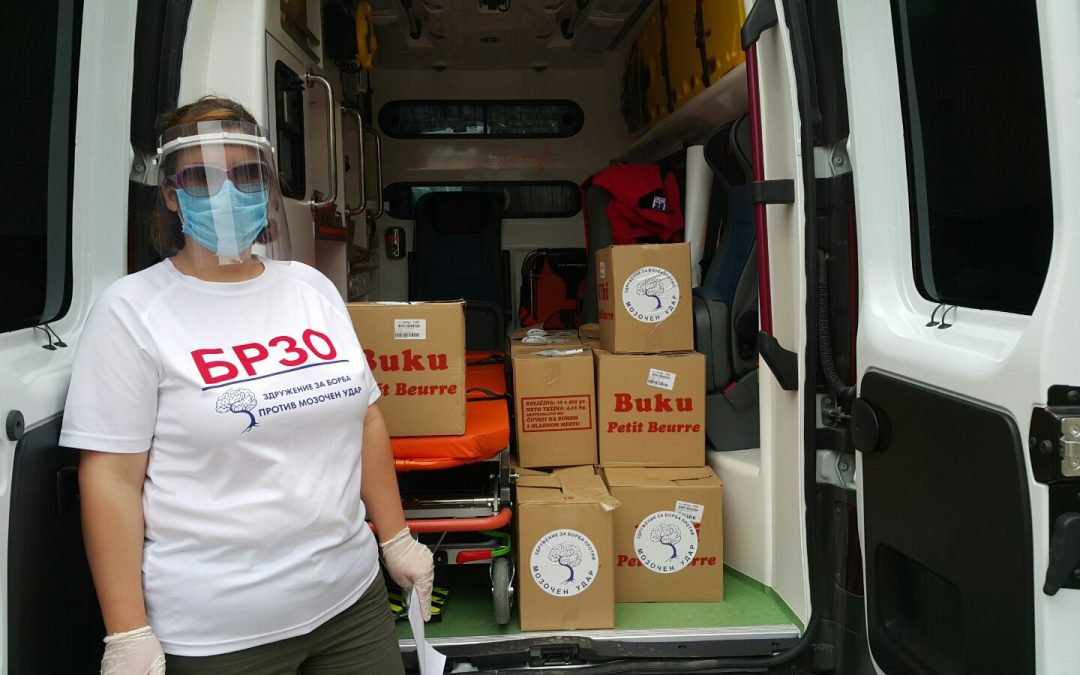
May 25, 2020
Author: Dr Maja Bozinovska Smiceska, Neurologist and President of the Macedonian association for a fight against stroke “Stroke”- North Macedonia
Situation in Republic of North Macedonia with regards to the cost of COVID pandemic is similar to many other countries. Our country is managing to flatten the curve, but the mortality rate is still very high. New healthcare problem that appears is a danger of mismanaging many other conditions in different clinical fields, that will lead to additional dramatic, serious and long lasting consequences for many other diseases, especially stroke.
Beyond the fact that people with cerebrovascular diseases have been found to be particularly prone to developing complications and death when suffering from COVID-19 infection, the pandemic also has a much higher impact on stroke care, with significant influence on stroke-related health services, which can lead to worse outcome of patients who have had a stroke comparing to pre-pandemic time.
Even FAST treatment (thrombolytic therapy) is under threat from the burden imposed by management orientated towards potentially contaminated patients, and these measures result in a prolonged needle-to-door time, and in the worst-case scenario, patients do not get the treatment. Furthermore, there is delay in admission to the hospital or a delay in referral, or an error by the patients themselves who prefer not to enter the hospital at all.
Last but not least, regular periodic medical check-ups or consultations and activities related to the rehabilitation of these patients have been reduced, due to the redirection of the resources for emergency management of COVID-19, but also due to patients’ personal fear, especially of those who are already familiar with the fact that they are more susceptible to severe infections. This can lead to increased physical as well as psychological consequences.
This situation is even worse in developing countries like ours, where resources are already scarce.
That is why our organisation is striving to be active and working to emphasize the need for healthcare services for acute stroke to be maintained consistently even in these difficult times, and for patients themselves and their family physicians to continue to strive to provide hospital referral for acute stroke.
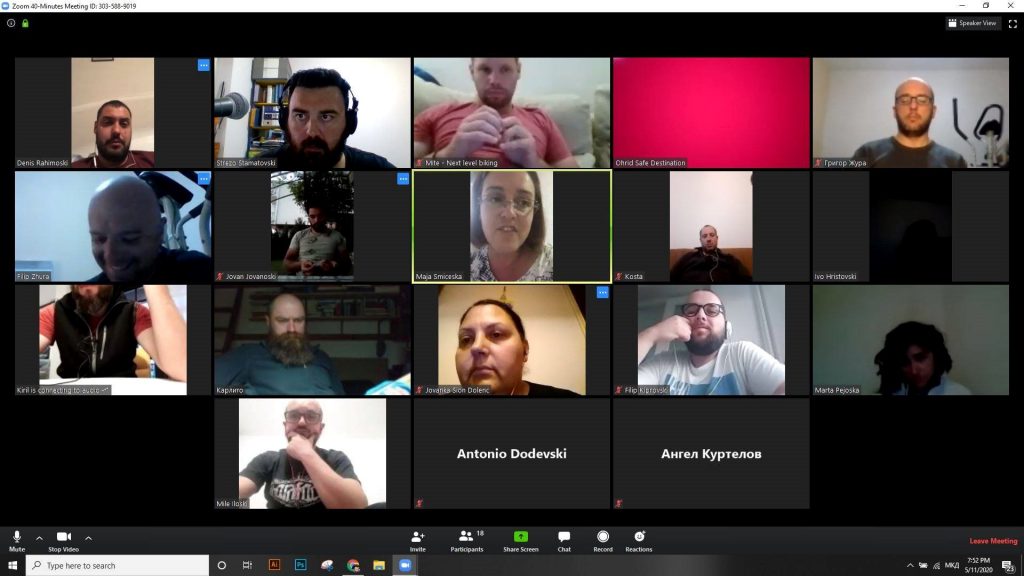
Virtual meeting of the Macedonian association for a fight against stroke “Stroke” during the Covid-19 pandemic
Macedonian association for a fight against stroke “Stroke” has been involved in several missions over the past three months to improve statistics on the disease. Online activities were continuously organised, led by a team of doctors and nurses, through which the public was informed about the problems of stroke patients and at the same time practical advice was offered regarding the early recognition of the signs of stroke, the need for prompt response and referral to an appropriate center, the need for early screening for the risk in those who have had a transient ischemic attack or a small stroke, and also support for chronic stroke problems management as stiffness, pain, depression, dementia, etc. Through the ZOOM platform, we have reached more than 200 people who are directly or indirectly related to stroke. The association also made an effort not to leave aside even the most sensitive categories of our population, and in several actions distributed food aid and other basic products to the socially disadvantaged stroke victims.
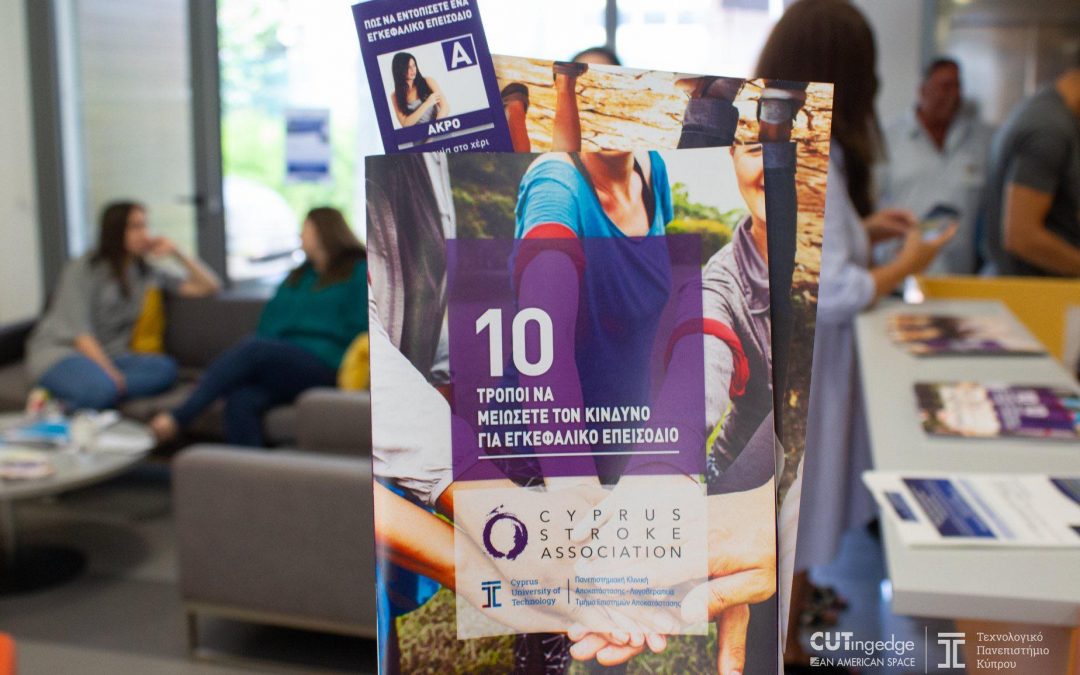
May 19, 2020
We recommend to your attention the video of Alexia Kountouri, the Stroke Ambassador of the Cyprus Stroke Association.The video was made as part of the raising awareness campaign for this year’s European Stroke Awareness Day.
Alexia has survived a stroke at the age of 28. She explains how stroke has changed her life, and the time she and her family needed to accept her new self after stroke. Alexia talks about her mobility issues, aphasia, and how she managed to be independent again. She is an inspiring woman, who shows that life goes on no matter what!
For more information about the Cyprus Stroke Organisation and their activities, please visit https://stroke.org.cy
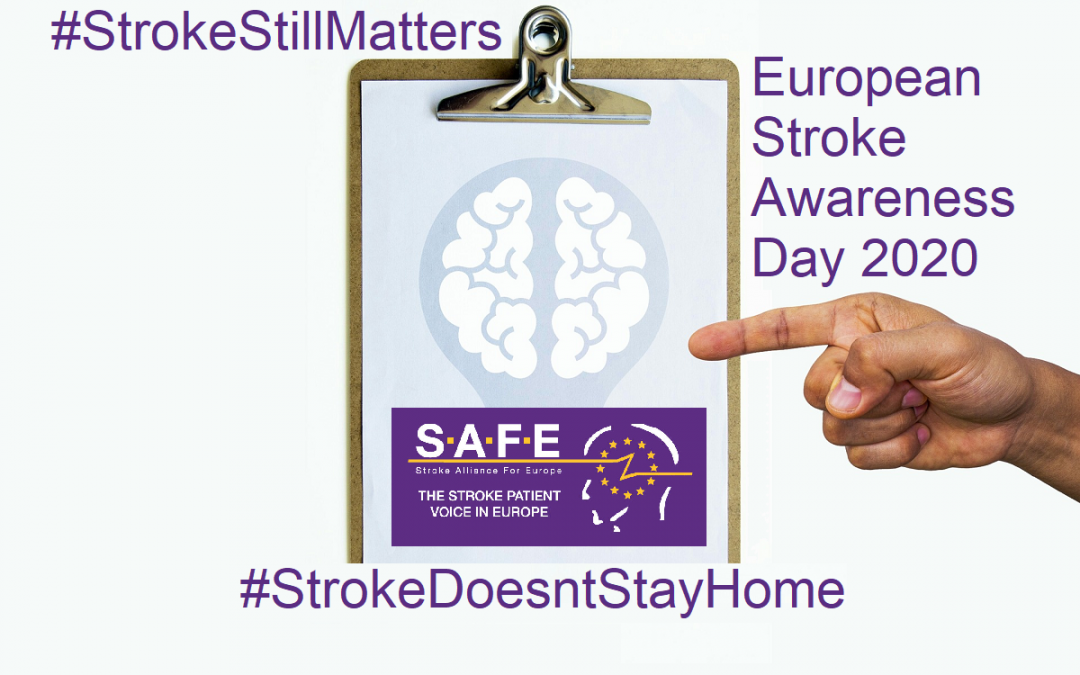
May 12, 2020
As we wake up today, we know the devastating impact the Covid19 pandemic is having around the world. Our thoughts and prayers go out to those affected and the healthcare workers looking after them.
Today on European stroke awareness day we must also remember the devastating impact that stroke has every single day of every single year. Stroke can happen to any one of us and delaying treatment can cause serious lifelong disabilities.
Today on European stroke awareness day we urge anyone who has any symptoms of a stroke such as numbness or weakness of face, arm or leg (especially on one side of the body), vision problems, loss of coordination, confusion or trouble speaking or understanding, to go to hospital ASAP – the health system is still there for you. Please do not suffer alone. Your life could be saved.
Today on European stroke awareness day we also call for governments across Europe to ensure that all health conditions – infectious and non-infectious – are treated equally. Covid19 is casting a very long shadow and we cannot allow our healthcare to fail our citizens.
#StrokeDoesntStayHome #StrokeStillMatters
Support the Stroke Action Plan for Europe
Information on Covid19 and stroke
Follow us on Facebook
Follow us on Twitter
About SAFE
This Report was commissioned by Stroke Alliance for Europe (SAFE), a non-profit-making organisation that represents a range of stroke patient organisations from across Europe, whose mutual goal is to drive stroke as a topic up the EU and national political agendas. SAFE aims to decrease the number of strokes in Europe by advocating for more patient-centered research, better prevention, access to adequate treatment and a life after stroke worth living. Since 2004, project by project, SAFE is raising awareness of the major impact stroke has on individuals, families, countries and, finally, on the entire economy of Europe.












